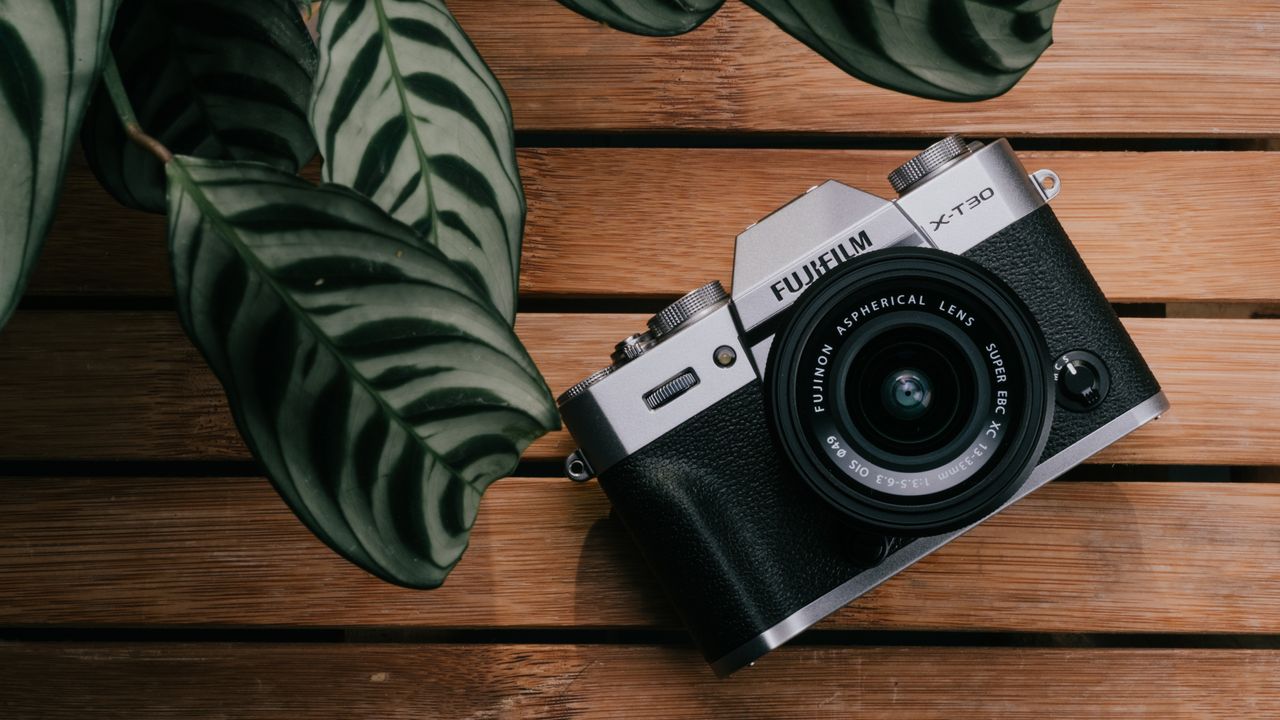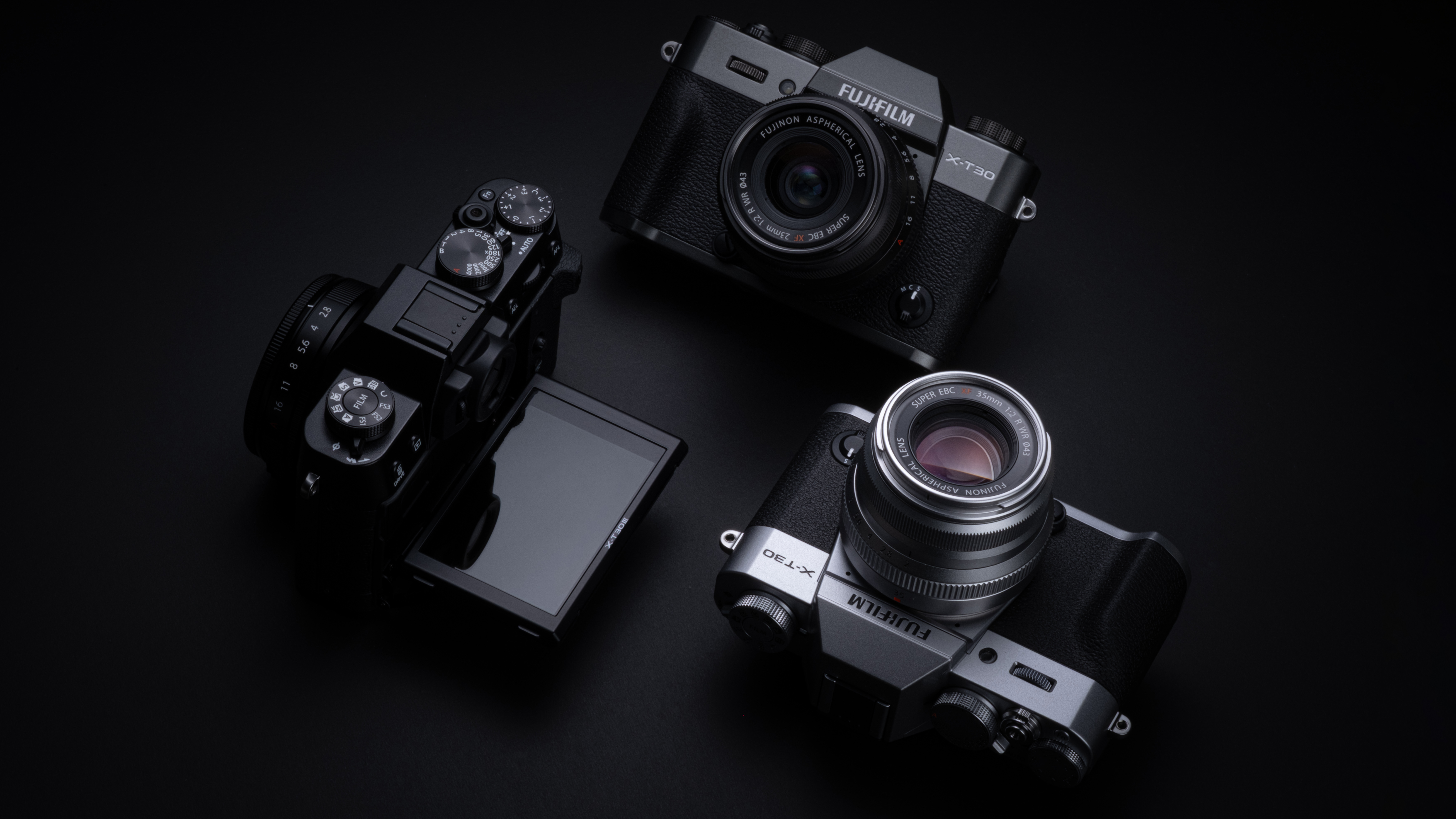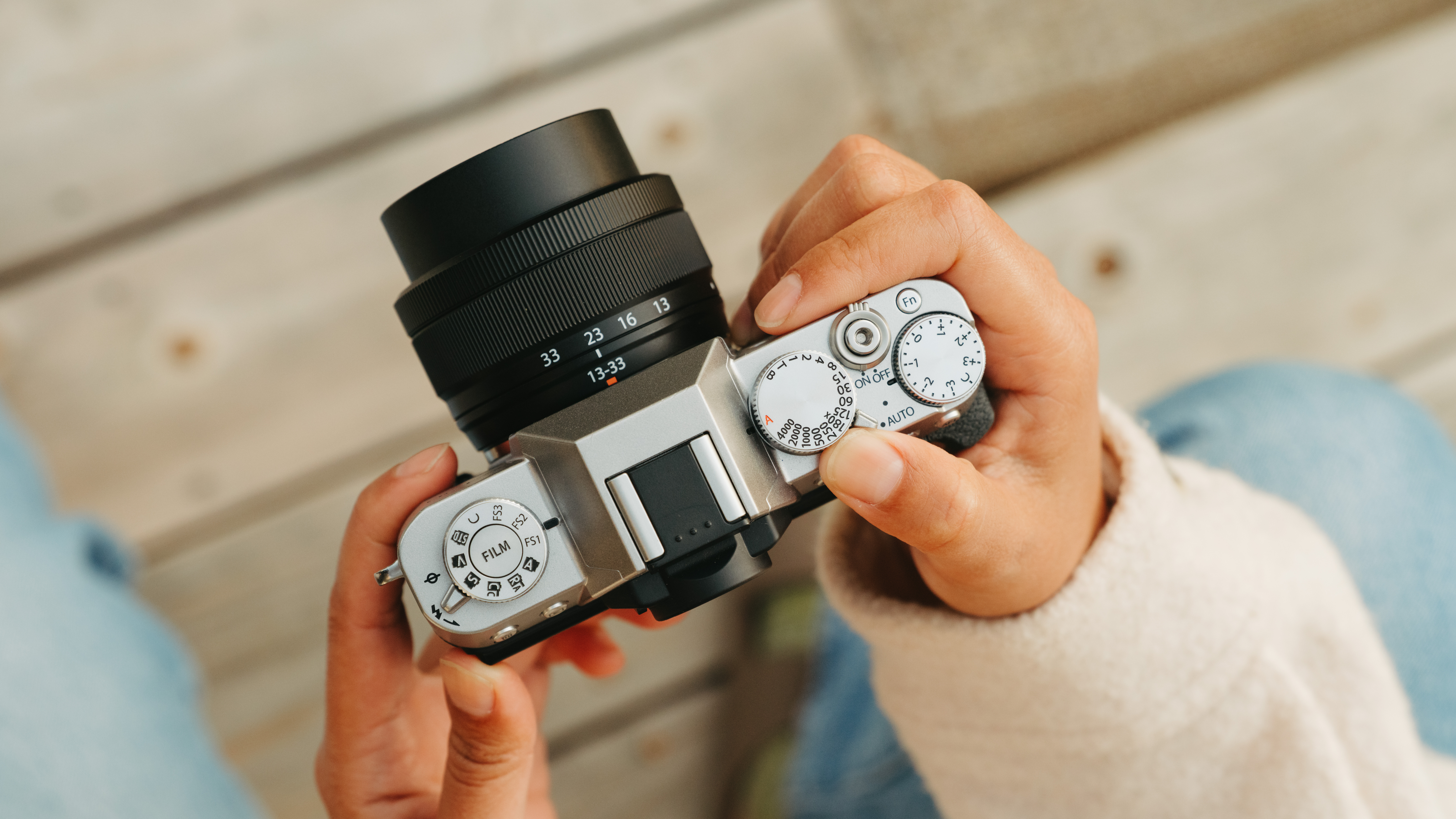
Fujifilm has officially unveiled the X-T30 III, the latest addition to its X-T series of vintage-inspired cameras – and direct sequel to the incredibly popular Fujifilm X-T30 II.
The X-T30 III falls under Fuji’s SLR-style body design, with a viewfinder centered above the screen, as opposed to a rangefinder-style body (i.e., the Fujifilm X100VI) with the EVF in the corner. It slots into Fujifilm’s growing X-T lineup below the Fujifilm X-T5 at the very top of the range and the mid-range Fujifilm X-T50, serving as the most affordable way to get into Fujifilm’s photography-first series of cameras.
The X-T30 III will be available in Black, Silver, or Charcoal, with the silver version being slightly lighter than the previous model to bring it in line with the rest of Fujifilm’s range. Otherwise, the X-T30 III retains the exact same design, with the same compact and travelable dimensions as its predecessor – measuring 118.4 x 82.8 x 46.8mm and weighing a tiny 378g. The new model keeps the same 1.62m dot tilting LCD, 2.36m dot EVF, and the built-in pop-up flash.

The most significant change to the design is that Fujifilm’s Film Simulation dial now takes pride of place on the top plate, displacing the drive mode dial, which in turn moves to a button on the rear of the camera.
The new dial gives instant access to six of Fujifilm’s most popular film simulations, including the latest Reala Ace – although all 20 current film simulations are available in the camera menu. There are also three customizable positions on the dial to allow users to store their own film recipes using the new programmable recipe menu setting – without having to swap between different custom profiles.
Inside, the X-T30 III uses the same 26.1MP backside illuminated X-Trans CMOS 4 sensor as the previous generation, but now pairs it with the more powerful X-Processor 5. This unlocks processing speeds roughly twice as fast as the previous model – adding the latest in Fujifilm’s autofocus tech, including deep-learning subject detection for recognizing and tracking people’s faces and eyes, animals, vehicles, insects, and even drones.
The X Processor 5 also offers a big boost to video shooters, with the X-T30 III’s headline 6.2K/30P 10-bit internal recording in 3:2 open gate. If you are unfamiliar with open gate, it offers the ability to shoot using the entire sensor area, giving you more space for cropping during editing, and it is perfect for getting horizontal and vertical videos out of the same clip.
Other recording options include oversampled 4K/30P, 4K/60P, and Full HD up to 240P. There is also an improved digital image stabilization (DIS) to smooth out handheld footage, reducing both minor shakes and strong movements – but at a small crop to the final footage. The screen, however, is still only a two-way tilting screen, so for vloggers and more serious filmmakers, you might want to direct your attention to the Fujifilm X-M5 or Fujifilm X-S20 instead.
And for those who love Instax print results, the X-T30 III can connect directly to Fujifilm’s Instax Link printers – no app required. The X-T30 III can even frame shots perfectly in-camera for your preferred Instax format.

The X-T30 III uses the same NP-W126S battery as the previous model; however, improved power efficiency from the new processor means Fujifilm is now quoting up to 425 frames per charge in economy mode, 315 shots in normal mode, and 310 shots in boost mode.
Also launching alongside the X-T30 III is a new compact kit lens to complement the camera's tiny size – the XC 13-33mm f/3.5-6.3 OIS. With a retracted length of 37.5mm and a weight of just 125g, together with the X-T30 III, the total weight is just over 500g. The lens has a minimum focus distance of 20cm, with a 0.25x magnification, a nine-bladed aperture, four stops of optical image stabilization (OIS), and a 49mm filter thread.
While everything else in the world seems to be suffering the effects of global inflation, Fujifilm has thankfully managed to keep the price the same as the previous generation (after tariff-induced price hikes, that is) and will cost $999 / £829 / AU$1679 for the body only, or $1,149 / £999 / AU$1,949 with the XC 13-33mm kit lens. The XC 13-33mm f/3.5–6.3 OIS lens will also be available separately for $399 / £329 / AU$649. Pre-orders are open now, with the camera set to hit shelves on 20 November.
Check out my X-T30 III hands-on review for my first impressions of the camera – but with the Fujifilm X-T30 III building on the compact design, beloved film simulations, and exceptional value that made the X-T30 II such a smash, I’m expecting the X-T30 III to be another big seller.
You might also like...
Check out more of the best Fujifilm cameras in our guide. Or for more small travelable options, take a look at our top picks for the best travel cameras.







